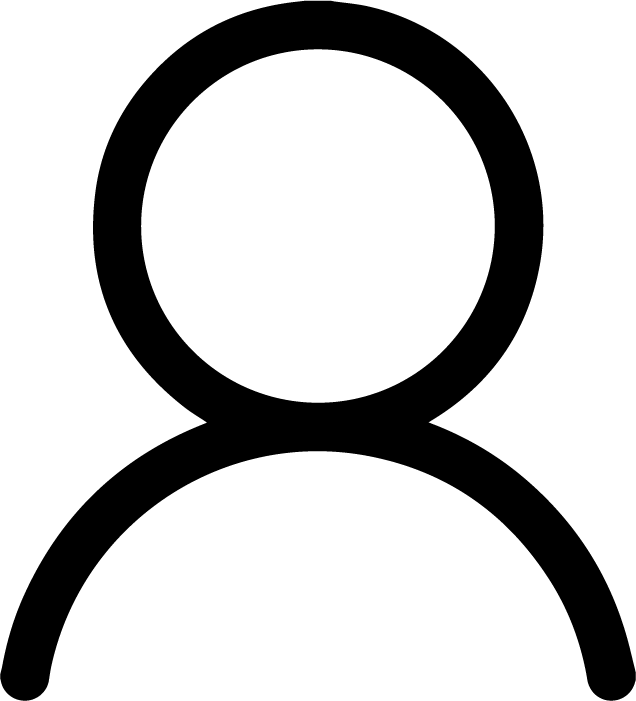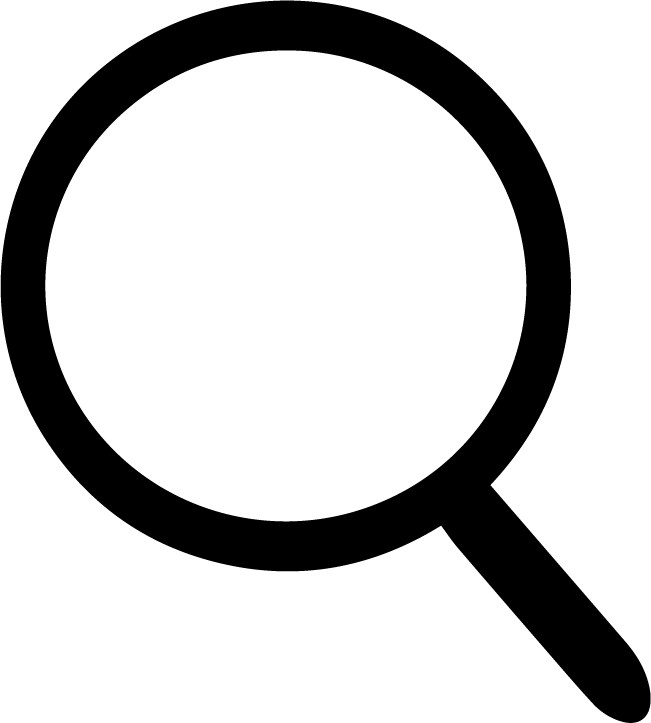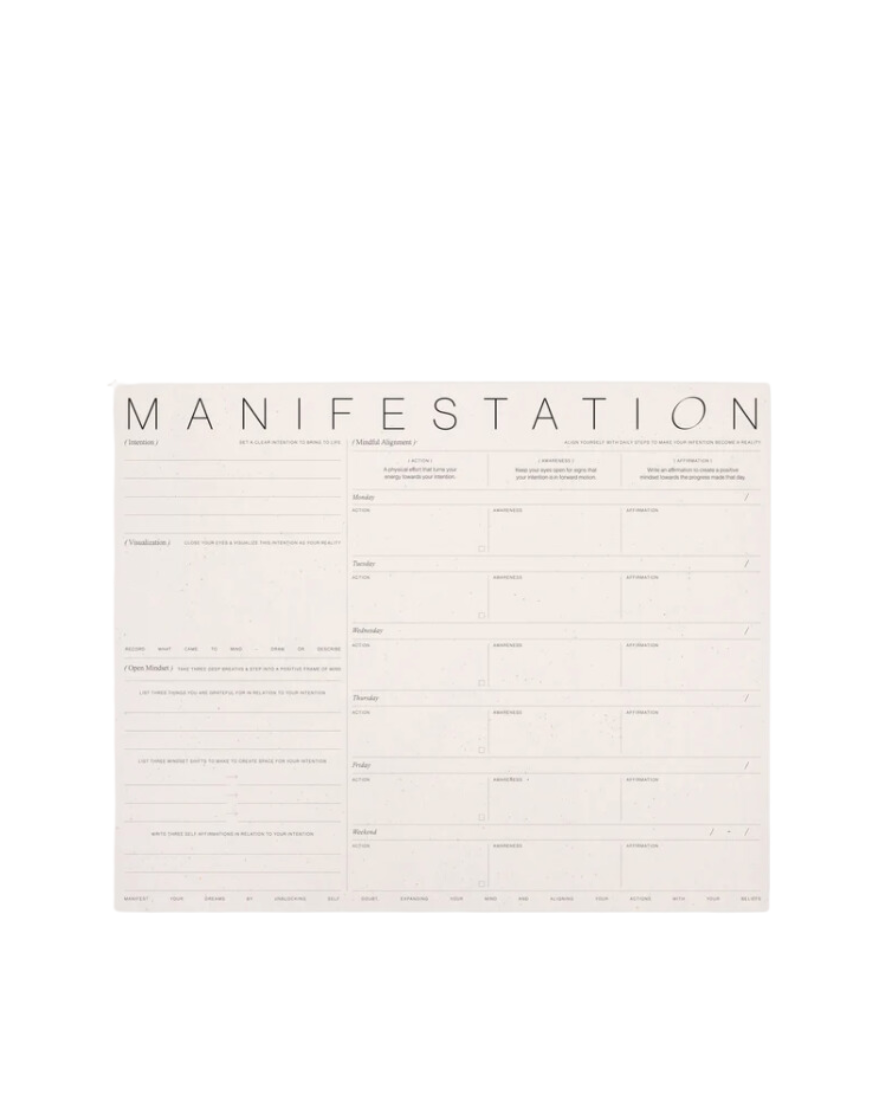
Cupping Therapy For Stress
Embark on a journey to stress relief through the ancient art of cupping therapy. In this enlightening article, explore the therapeutic benefits of cupping and its profound impact on alleviating stress. Delve into the origins of this holistic practice, uncovering how it promotes relaxation and balance within the body.
By Anna Myers / Jan 27 2024

A few years ago, my brother tried cupping therapy for the first time and decided to flood the family Whatsapp chat with the most horrendous pictures known to man. Or, well, at least to my mother, who saw the purple round marks all over my brother’s back and started screaming like there was no tomorrow.
There is, however, nothing to fear: marks disappear completely within a few days, a week at most, and the only reason the practice leaves a mark in the first place is because of its effectiveness in relieving pain, stress, inflammation and so much more. Cupping therapy is not only perfectly safe and totally non-invasive, but also a helpful way to learn what your body is trying to tell you, so you can really listen.
Keep reading to find out everything you need to know about cupping, what it’s used for, and how it can help you live a healthier and less stressful life.
what is cupping therapy?
Based on ancient Traditional Chinese medicine going back thousands and thousands of years, cupping therapy stems from the belief that common health issues like pain and stress are rooted in poor blood circulation as well as stagnant energy flow throughout the meridians that run through our body.
During a session of cupping therapy, a trained practitioner will place glass or silicone cups on the patient’s skin and create a small vacuum, a sort of suction, that “sucks” your skin into the cup. This helps draw blood to the area, help oxygen circulate, and decompress the myofascial area. Cupping is usually done on a patient’s back, but some practitioners also apply cups to the shoulder, stomach, and leg area.
As a modern holistic practice, cupping has been getting more and more popular in recent times. And for good reason, as it really does work wonders on things like inflammation, pain and muscle knots, improving blood circulation.
SHOP
mind + spirit
what are the main benefits of cupping therapy?
The most frequent reason you’ll find someone turning to cupping is usually pain in the back and shoulders area, especially the chronic type that’s so hard to find any kind of relief for.
A randomised controlled study published in the Evidence Based Complementary Alternative Medicine analysing the effectiveness of cupping on chronic neck and shoulder pain did find “statistically significant” positive results, and while further studies are certainly needed to understand the practice and its effects, you can rest assured that you won’t be going in blind on your first session. Science has your back, pun absolutely intended!
If you’re spending all day slouched over your laptop (ouch, us too), or like to work from bed when you work from home (I know, I know), or generally have terrible posture like everyone on the planet in 2023, then you might find that cupping is the thing that does it when nothing else seems to work.
how do we get stressed + anxious?
Stress is a manifestation of our animal instincts in their most primal form. While we, in modern times, know it as a state of worry or tension we might experience during a somewhat difficult period of life, it really is just a human and totally natural response to the threats and challenges we may be facing.
From a physical standpoint, stress is our body’s response to states of emotional duress, flight or flight response, or a spike in our adrenaline hormone.
Stress is a common trigger for anxiety, and by relieving it early or at least frequently, we can help manage it and prevent it from turning into fully-fledged anxiety. Sure, everyone feels stressed or anxious from time to time, and it is absolutely part and parcel of the human condition. However, sometimes you might feel stressed all the time. Or you might get so anxious that your physical body gets tense and knotted up. That’s chronic stress, and it can be really detrimental to your health in the long term.
When either feeling starts to manifest more intensely or regularly, it might be time to check out your nearest cupping therapy centre…
how does cupping help with stress + anxiety?
I know, placing small glass jars on your skin and getting a few hickeys on your back doesn’t sound like it could do much for stress or anxiety, but it is.
The way it works is actually pretty simple: cupping can reduce the production and release of cortisol and adrenaline hormones in the body, while increasing dopamine and serotonin levels. Additionally, by loosening tension in the body and reducing or even entirely eliminating pain, cupping therapy can promote better sleep and allow for greater feelings of calm and relaxation as you go about your normal day after your session.
From a holistic standpoint, cupping ––like acupuncture and shiatsu, for example–– facilitates the flow of energy and life source throughout your body, which is traditionally linked to a greater sense of wellbeing. It is not magic, but it is somewhat magical.

DANDY DEVOTION...
Share
Disclaimer: this article is here for educational purposes only and is written from personal experience and opinion we are not giving active advice.
You should always seek the advice and support of mental health professionals if you have queries about your health.









